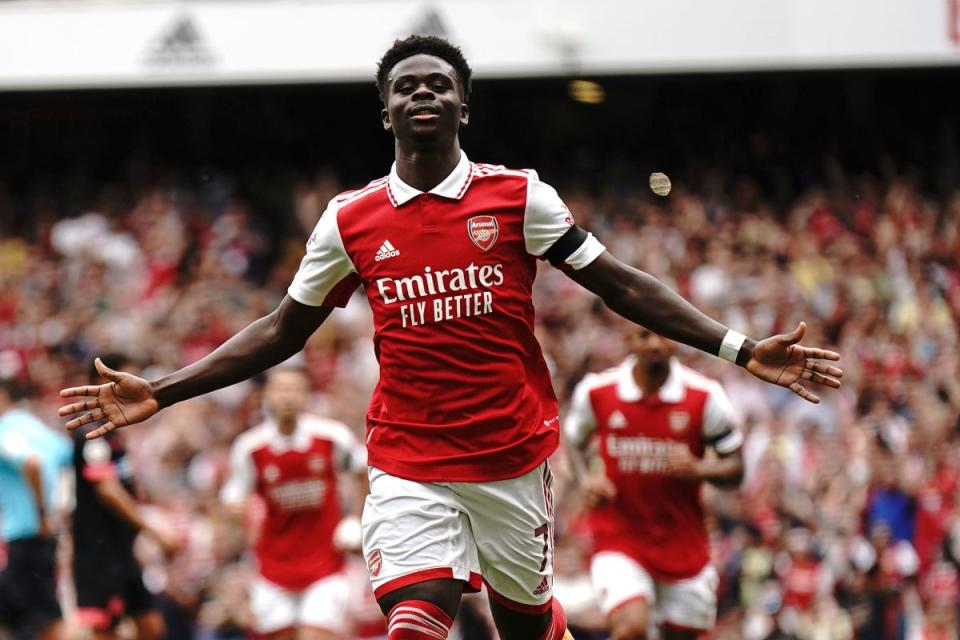The truth about London’s battleground for football talent

“London is a hotbed for talent. It’s almost impossible to stay hidden if you are really talented at football. There are eyes everywhere.” So says Per Mertesacker, former Arsenal captain and Germany midfielder, in Inside Hale End, a brilliant six-part documentary series, recently released on the club’s website. It takes you behind the scenes of Arsenal’s world-class academy, following the Under 15s and 16s through the 2021-22 season.
Per should know – having hung up his boots, he now leads the academy, which has recently developed the likes of England internationals Emile Smith Rowe and Bukayo Saka. Arsenal fan or not (and I’m not actually), you’ll be fascinated by the series’ insight into what makes – and breaks – the business of elite footballing talent in the capital. Saka and Smith Rowe are now club assets worth tens of millions of pounds. For football clubs – just like any other business – acquiring, growing and retaining future talent is key.
Across town, transfer market specialists Transfer Markt puts the current market value of those who have passed through Chelsea’s Academy at £720m. To put that into context, new owner Todd Boehly is rumoured to have spent £2.5bn on the entire club. No wonder he has committed to continue investing in their academy.
The city is such a competitive market for footballing talent that one refusal doesn’t necessarily mean the game is up. Arsenal’s documentary shows them giving game-time to – and ultimately signing – former Fulham player Maldini Kakurri. One of Chelsea’s best academy products is England and West Ham midfielder Declan Rice, who Chelsea let go at 14. As he tells the story on The Overlap podcast: “That night I got released, I went and trained with Fulham on Wednesday and then on Thursday I was with West Ham. My dad drove me to Chadwell Heath and I was gutted but I needed to kick on and push again.”
Of course, there will be some players – the vast majority in fact – who don’t ever make it. The Premier League provides support to kids leaving professional academies at Under 16 level, but perhaps the best scheme is run by West Ham. This provides not only opportunities for players released by teams to have a second crack at making the grade, but also to develop back-up qualifications for themselves in related areas. In my recent book, All to Play For I shared the story of Tranmere Rovers, who have brought the two worlds even closer together by building their own school.
Even for those who do get retained at 16, and maybe even a pro contract, there is no guarantee of making the grade. London’s top teams are stuffed full with talent, to the extent that Chelsea’s Todd Boehly is reportedly even considering buying another team overseas to facilitate opportunities for their talented juniors in the same way Manchester City has done, “to make sure we can develop pathways for our Chelsea players to get onto the pitch”.
Football, of course, is not the only sport where kids strive for success. Take a trip before or after school to any town centre swimming pool, gymnastics club, netball court or similar and you will see hordes of kids being put through their paces. My own children travel miles within the cricket pathway structure 12 months of the year. Football simply remains the most acute of example, in terms of both the size of the talent pool and the prize that awaits the fortunate few. So remember Per’s words. Whether you or your children are playing in Barnet or Barn Elms, Wandsworth Common or Wormwood Scrubs this weekend, there are eyes everywhere. There are limits, though. At 47, it is surely too late for me. Or is it?

 Yahoo Sport
Yahoo Sport 





































